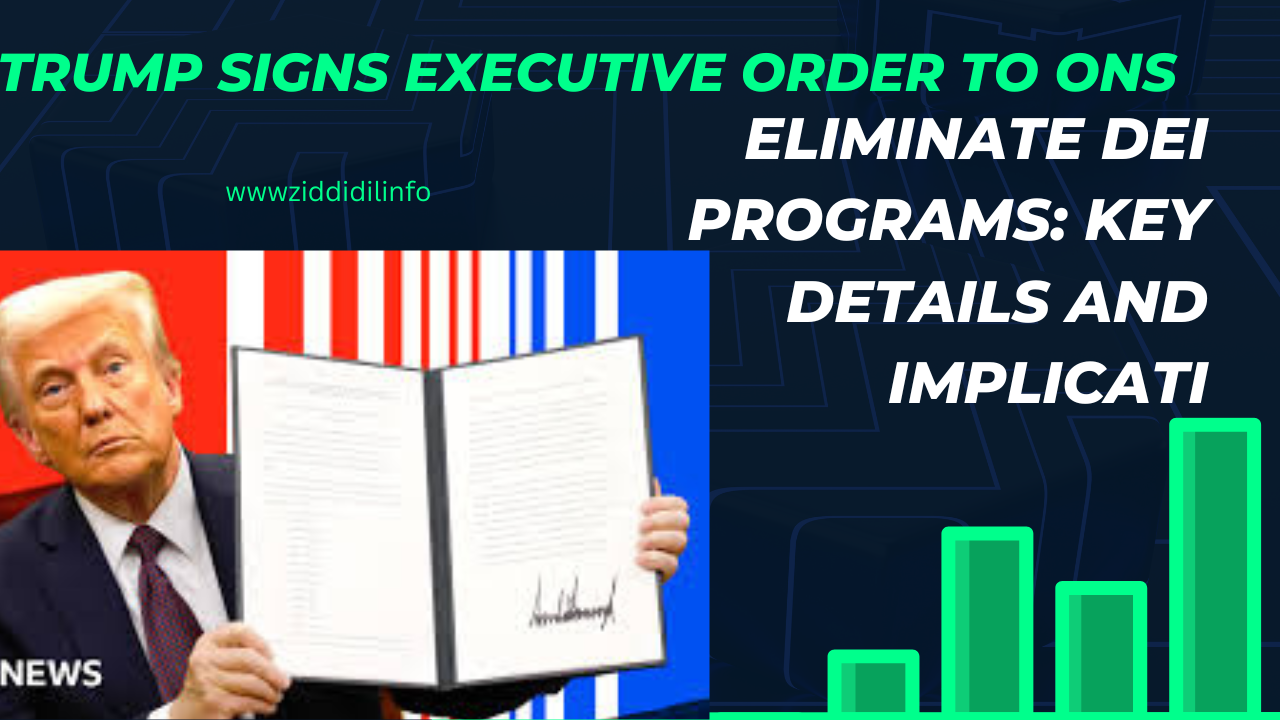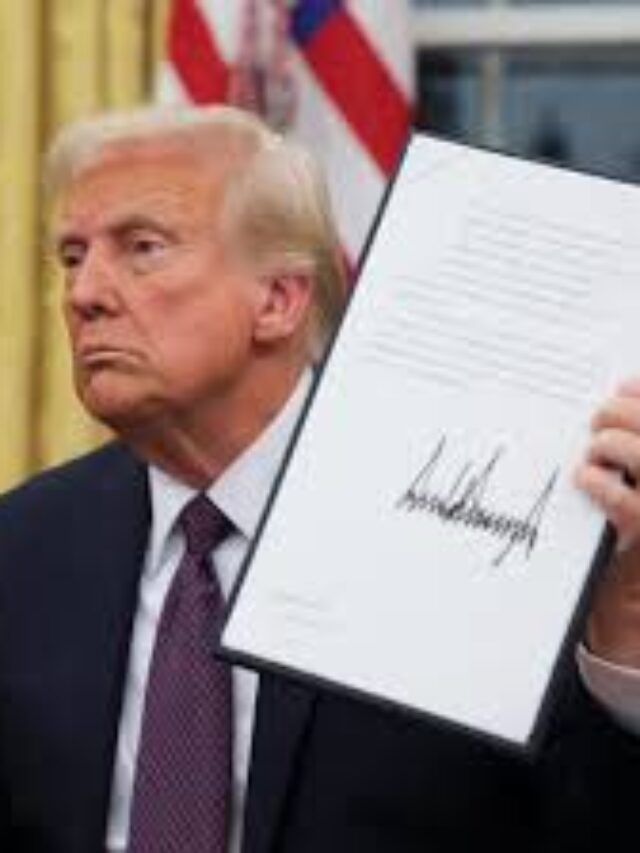Introduction
In a groundbreaking move, Donald Trump, on January 21, 2025, signed an executive order to dismantle all Diversity, Equity, and Inclusion (DEI) programs within federal agencies. This decision reflects the administration’s emphasis on merit-based hiring and operations, seeking to eliminate what it describes as “unlawful DEI practices.” The order has sparked widespread discussion about its implications for federal agencies, employees, and private-sector contractors.
This article provides a detailed breakdown of the executive order, its key provisions, and its potential impact on the public and private sectors.
Key Provisions of the Executive Order
1. End of DEI Initiatives in Federal Agencies
All DEI-related programs, training sessions, and hiring practices must be terminated within 60 days of the executive order’s issuance. This includes anti-bias training, diversity quotas, and any offices dedicated to promoting equity.
2. Focus on Merit-Based Employment
The executive order mandates that hiring and promotions within federal agencies focus solely on merit and individual qualifications, eliminating considerations for race, gender, or other diversity metrics.
3. Impacts on Federal Contractors
Companies seeking federal contracts must adhere to the new rules, avoiding DEI-related clauses or policy preferences. Non-compliance may result in disqualification from federal contracts.
4. Review of Existing DEI Staff
Federal employees working in DEI roles will be placed on paid leave initially, with plans for eventual layoffs as programs are phased out.
Implications of the Executive Order
For Federal Agencies
- Policy Overhaul: All agencies must review and revise their hiring and training policies to comply with the executive order.
- Workforce Adjustments: Employees working exclusively in DEI-related positions face significant uncertainty about their roles.
For Private Contractors
- Policy Changes: Contractors vying for federal projects may need to revise or eliminate DEI-focused programs to align with federal standards.
- Potential Legal Challenges: Companies may face backlash or legal scrutiny if they remove DEI policies while complying with federal requirements.
For Society at Large
- Proponents argue that this move promotes fairness and equality by emphasizing individual merit over group identity.
- Critics claim the executive order undermines efforts to address systemic discrimination and create a more inclusive workforce.
Conclusion
President Trump’s executive order on DEI programs represents a significant shift in federal policy, focusing on merit and individual qualifications. While supporters argue this promotes fairness, critics see it as a step backward in addressing systemic disparities. The decision’s broader effects on federal agencies, private contractors, and society remain to be seen as the policy unfolds.
The move has reignited debates about the role of DEI initiatives and the balance between meritocracy and diversity in public and private institutions. As the order is implemented, its long-term impact will likely shape discussions on workplace equity and inclusion for years to come.
Frequently Asked Questions (FAQs)
1. What does the executive order entail?
The executive order eliminates all DEI programs in federal agencies, focusing on merit-based hiring and disallowing diversity metrics in decision-making.
2. Why was this executive order introduced?
The Trump administration believes DEI programs violate principles of fairness and equality by prioritizing diversity metrics over merit.
3. How will federal contractors be affected?
Contractors working with federal agencies must comply with the new rules, which could mean eliminating DEI-focused policies to remain eligible for contracts.
4. What will happen to federal DEI staff?
Employees in DEI roles will be placed on paid leave as agencies phase out these positions. Many may face layoffs if no alternative roles are available.
5. Are there any legal challenges to the executive order?
Advocacy groups and civil rights organizations are likely to challenge the order in court, arguing that it undermines efforts to combat systemic inequality.



